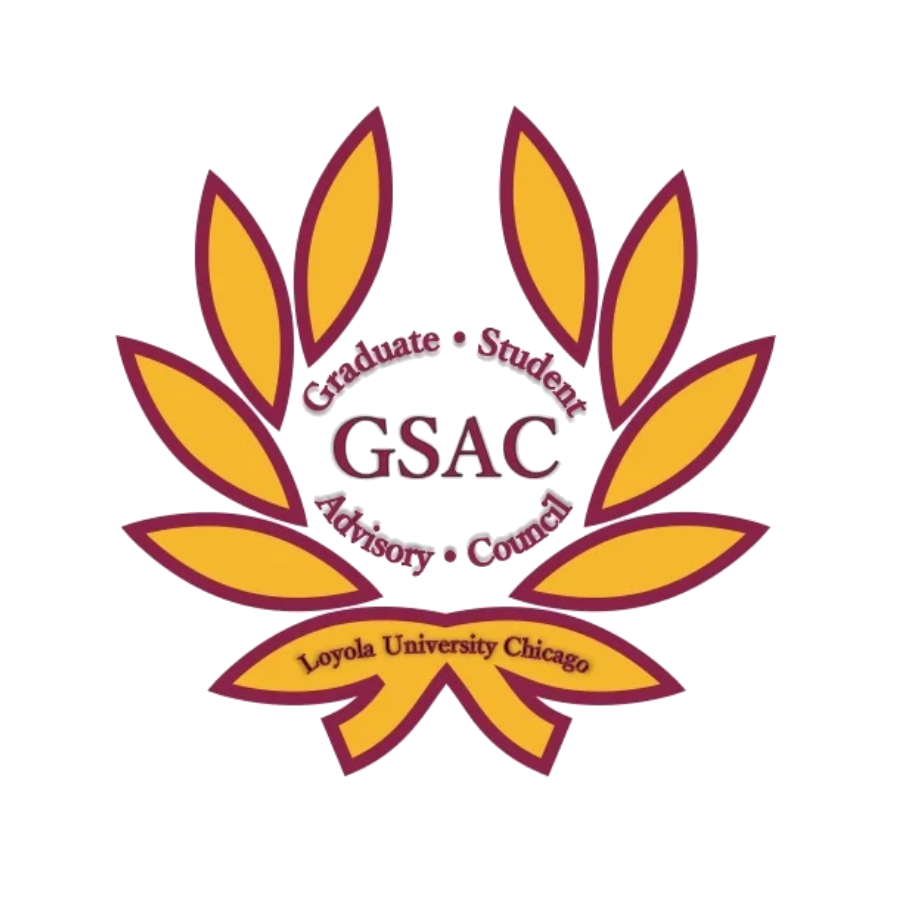Loading...
Submission Type
Oral/Paper Presentation
Degree Type
Masters
Discipline
Humanities
Department
History
Access Type
Open Access
Abstract or Description
"Daring Dames and Dirty Deeds" is a short history of burlesque in Chicago from 1870 to the end of the 1930s. In this period, burlesque grew and developed in lockstep with the Windy City, adapting to changes in the tastes and sensibilities of the public. In the late 19th and early 20th century, it was primarily a form of satire and parody of "higher culture" entertainment that featured various circus performers, comedians, and female dancers in elaborate costume. In Chicago, however, burlesque gradually changed to become an art form that pushed the boundaries of how women could perform on stage while challenging laws and cultural norms of decency and chastity. From the introduction of belly dancing at the Columbian Exposition to the rumored invention of the striptease in theaters in the Loop, and, finally, to the peak and subsequent decline of nude performers at the Century of Progress Fair in 1933, Chicago burlesquers, producers, and venues have helped to innovate their art form and set it apart from others by offering entertainment that directly flaunted and mocked other forms of art and ingrained ideas of how women should behave in the public sphere. All the while, the performances of both "burlesque queens" such as Sally Rand and their less-famous peers in theaters in the Loop district and, later, at the 1933 World's Fair, provoked protests and surveillance on the part of moral reformers who long suspected burlesque venues of being a source of vice and moral corruption of youth in Chicago, as well as the city's government and police for flagrant violations of public indecency statutes. "Daring Dames," thus, is testimony not just to the cultural legacy and influence of burlesque on Chicago and of the Windy City on the nearly-naked art form, but to the role of burlesque in provoking ongoing debates surrounding the right of adult artists to creative expression in the face of cultural conservatism and policing.
Creative Commons License

This work is licensed under a Creative Commons Attribution-Noncommercial-No Derivative Works 3.0 License.
Daring Dames and Dirty Deeds: Chicago Burlesque from 1870 to 1938
"Daring Dames and Dirty Deeds" is a short history of burlesque in Chicago from 1870 to the end of the 1930s. In this period, burlesque grew and developed in lockstep with the Windy City, adapting to changes in the tastes and sensibilities of the public. In the late 19th and early 20th century, it was primarily a form of satire and parody of "higher culture" entertainment that featured various circus performers, comedians, and female dancers in elaborate costume. In Chicago, however, burlesque gradually changed to become an art form that pushed the boundaries of how women could perform on stage while challenging laws and cultural norms of decency and chastity. From the introduction of belly dancing at the Columbian Exposition to the rumored invention of the striptease in theaters in the Loop, and, finally, to the peak and subsequent decline of nude performers at the Century of Progress Fair in 1933, Chicago burlesquers, producers, and venues have helped to innovate their art form and set it apart from others by offering entertainment that directly flaunted and mocked other forms of art and ingrained ideas of how women should behave in the public sphere. All the while, the performances of both "burlesque queens" such as Sally Rand and their less-famous peers in theaters in the Loop district and, later, at the 1933 World's Fair, provoked protests and surveillance on the part of moral reformers who long suspected burlesque venues of being a source of vice and moral corruption of youth in Chicago, as well as the city's government and police for flagrant violations of public indecency statutes. "Daring Dames," thus, is testimony not just to the cultural legacy and influence of burlesque on Chicago and of the Windy City on the nearly-naked art form, but to the role of burlesque in provoking ongoing debates surrounding the right of adult artists to creative expression in the face of cultural conservatism and policing.



